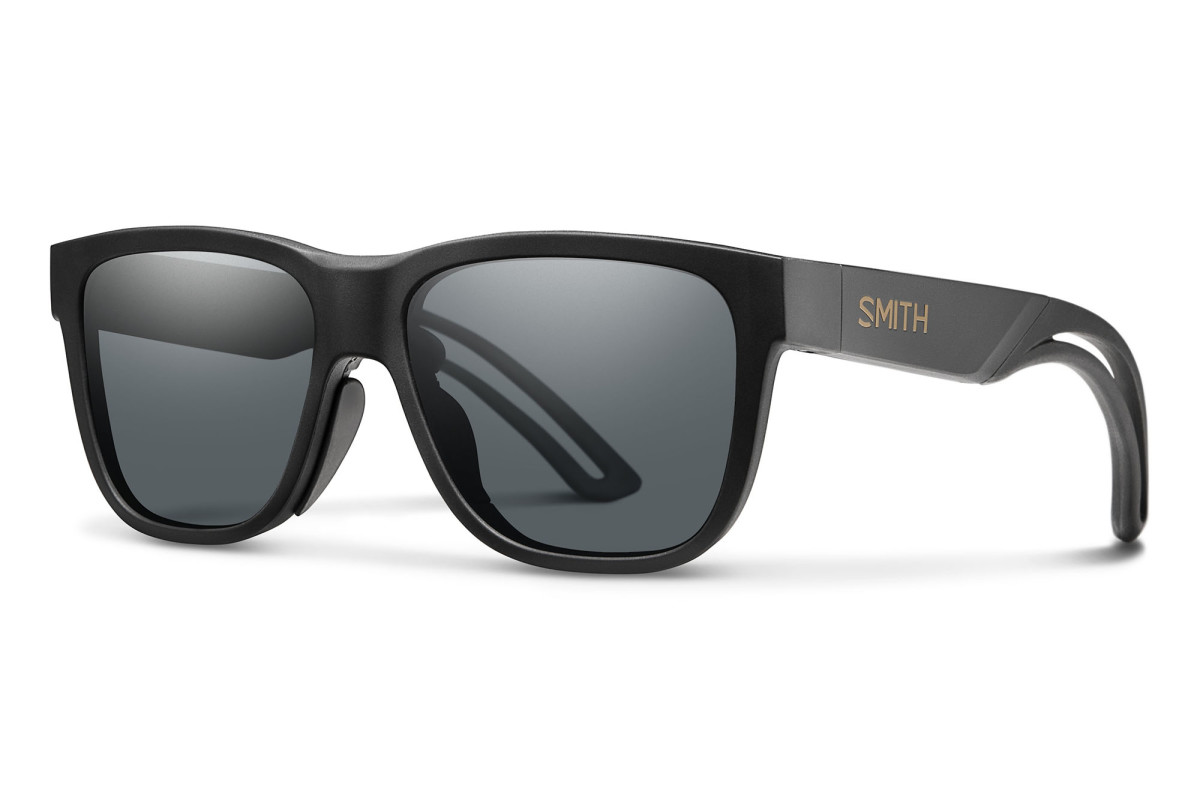Not your standard shades: Safilo's Smith sunglasses to feature brain-training tech

Sunglasses are cool to wear, but now they might also help you keep your cool.
Over the last year, Italian eyewear giant Safilo has been working with consumer brain-sensing company InteraXon on a pair of glasses that can discreetly measure your level of focus and help you improve that by providing feedback on through a connected app. The beta testers for the Smith Lowdown focus were a handful of athletes sponsored by Safilo’s Smith brand.
“They want to enhance their performance,” says Thorsten Brandt, general manager of Safilo’s sports and outdoor lifestyle brands, about the group of guinea pigs. “[But also] they want a product that looks great.”

The Lowdown Focus is almost indistinguishable from other Lowdown frames. That means that unlike many other wearables, there is far less perception that you’re wearing a device, or that other people can see that you are. The electrodes and circuitry that measure brainwaves are hidden inside the frame of the glasses. The nose pad and arms are made of a conductive material and allow the frames to measure skin voltage differences between the area behind the ears and a person’s nose. In the same way as an electroencephalogram (EEG), but with many fewer electrodes, this is used to infer electrical activity in the brain caused by neurons firing.
InteraXon also makes a brain-sensing headband called Muse, but the new sunglasses have another advantage over that because of its form factor.
“You don’t have to train people how to put it on,” says Derek Luke, Interaxon’s CEO. “This is the most intuitive wearable.”
Does brain training really work? We put the Halo Neuroscience sport headset to the test
The biggest difference between both Lowdown Focus and Muse and more traditional, medical EEG systems is the number of electrodes. A standard 10-20 EEG uses 21 electrodes, and higher resolution systems use many more. That means the consumer devices are probably not going to produce detailed enough data for medical diagnoses, but “you do not need all the qEEG [quantitive EEG] points to understand someone’s recovery and fatigue level,” says John Sullivan, a clinical sport psychologist who has worked in the NFL since 2001, including with four Super Bowl-winning teams. According to Sullivan, many of the athletes he works with have a poor understanding of how to prep their mind before and event.
“Most athletes, what do they do?” Sullivan says. “They think listening to pump up music is going to allow them to focus.”
Sports tech in 2017: What's next after wrist-worn wearables and fitness trackers?
And getting the correct mental focus before athletic activity might be every bit as important as stretching or warming up your muscles. South African sports scientist Tim Noakes’ central governor theory says that the brain regulates and limits exercise. When someone fatigues, that is the brain intervening, not muscles running out of power.
“Really if we’re looking at high performance, it’s brain based, everything else is complimentary,” says Sullivan.
One way that Lowdown Focus may have a bigger effect is by collecting data outside of scheduled times when an athlete might be training their brain or their body, because it feels just like a pair of sunglasses.
Brain-training sunglasses, hearables and more: Top new sports tech at CES 2017
“Life effects their sport, their sport effects their life,” Sullivan says. “That time outside may be just as important for training, or workload regulation in the sense of recovery.”
Lowdown Focus is not due to be launched until later this year, but if it proves to be a success, expect to see the same brain-sensing technology slowly rolled out across Safilo’s other brands, including Safilo, Carrera, and Polaroid, and perhaps also into eyewear the company makes for fashion houses such as Dior and Gucci.
